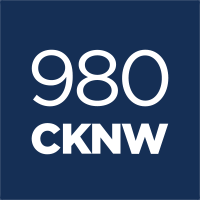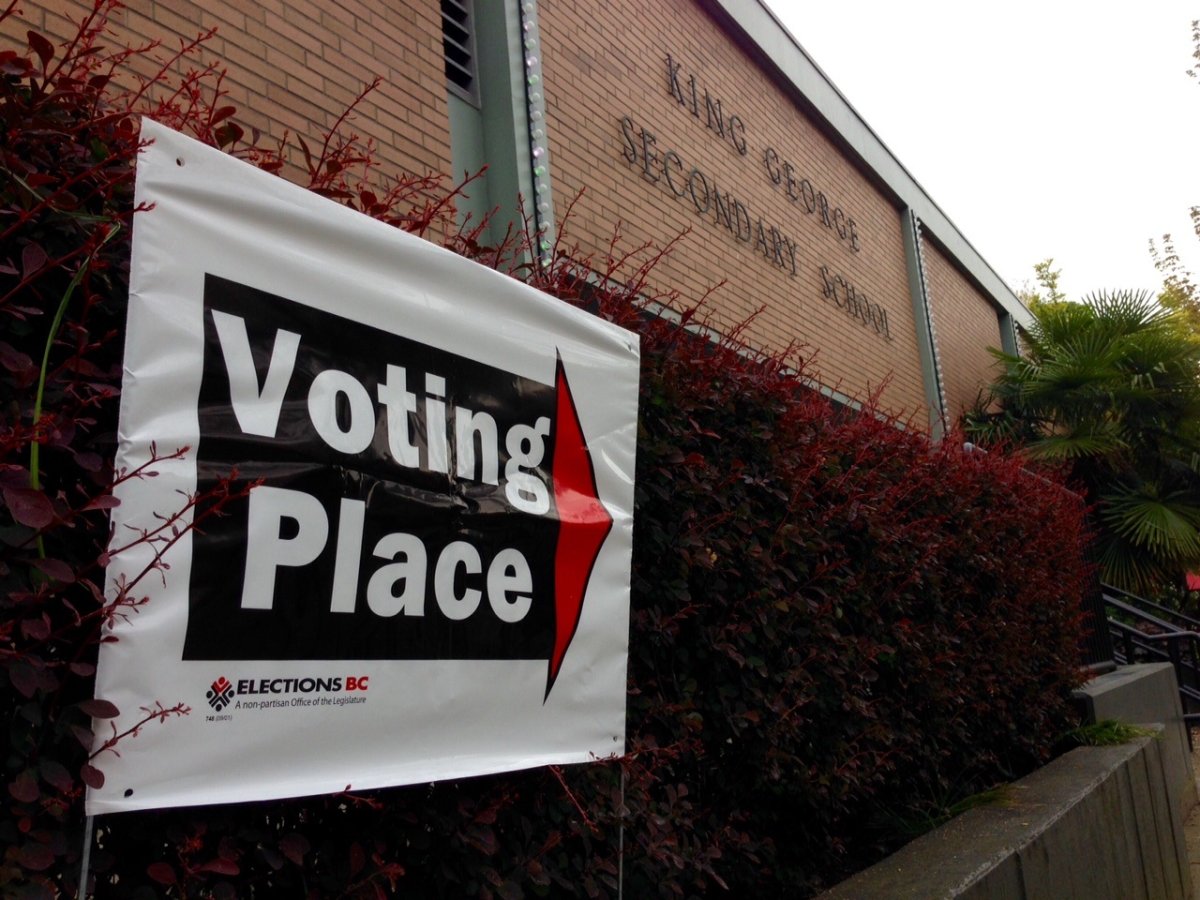British Columbians are finally clear on the rules that will govern the upcoming referendum on electoral reform.

Voters will decide on whether or not to change the way B.C. elects politicians.
The two-part ballot will ask if they wish to switch to a system of proportional representation (PR), in which a party’s share of the vote closely mirrors its share of seats in the legislature, and if yes, to rank three potential options in their order of preference.
WATCH: Electoral reform referendum question subject of fiery legislature exchange

The official campaign period — when spending limits kick in — is set to begin on July 1, and the governing NDP has been criticized for uncertainty regarding what the official rules would be with just weeks to go before it begins.
The province said there will be an official “yes” and “no” side in the referendum, with each receiving $500,000 in funding from the province.
On Friday, Elections BC said the selection process for the official “yes” and “no” side has been established, and would-be proponents and opponents have until July 6 — six days after the campaign begins — to apply for the funding.
WATCH: What are the possible B.C. electoral reform referendum questions?

Elections BC said there is no firm date for when the official sides will be picked, but a spokesperson estimated it could be by mid-July.
Details on how to apply can be found here.
On Friday, the Ministry of the Attorney General also said the province would accept all recommendations for the referendum put forward in its report on electoral reform.
WATCH: Changing Canada’s electoral system

Those recommendations include rules for voting, a $200,000 spending limit for third-party groups during the campaign period, contribution limits for the official “yes” and “no” sides and a role for Elections BC as a neutral source of public education about the referendum and proposed voting systems.
The full regulations can be found here.
Elections BC said the main public information campaign on the different systems would begin in earnest in September, but that it would publish information throughout the summer.
It also said the referendum question will be modified based on recommendations from the chief electoral officer.
The official question British Columbians will be asked is:
Which system should British Columbia use for provincial elections? (Vote for only one.)
- The current first-past-the-post voting system
- A proportional representation voting system
If British Columbia adopts a proportional representation voting system, which of the following voting systems do you prefer? (Rank in order of preference. You may choose to support one, two or all three of the systems.)
- Dual Member Proportional (DMP)
- Mixed Member Proportional (MMP)
- Rural-Urban Proportional (RUP)
The opposition BC Liberals have fiercely criticized the referendum, calling the process a “rigged game.”
They argue that voters won’t have enough information come referendum time, as Elections BC will not be producing mock riding maps to illustrate how B.C. would look under each proposed PR voting system.
Elections BC said that drafting electoral boundary maps must be done by an independent electoral boundaries commission, and that there is not enough time before the vote for that process to be completed.
The referendum will be conducted from Oct. 22 to Nov. 30, by mail-in ballot.








Comments